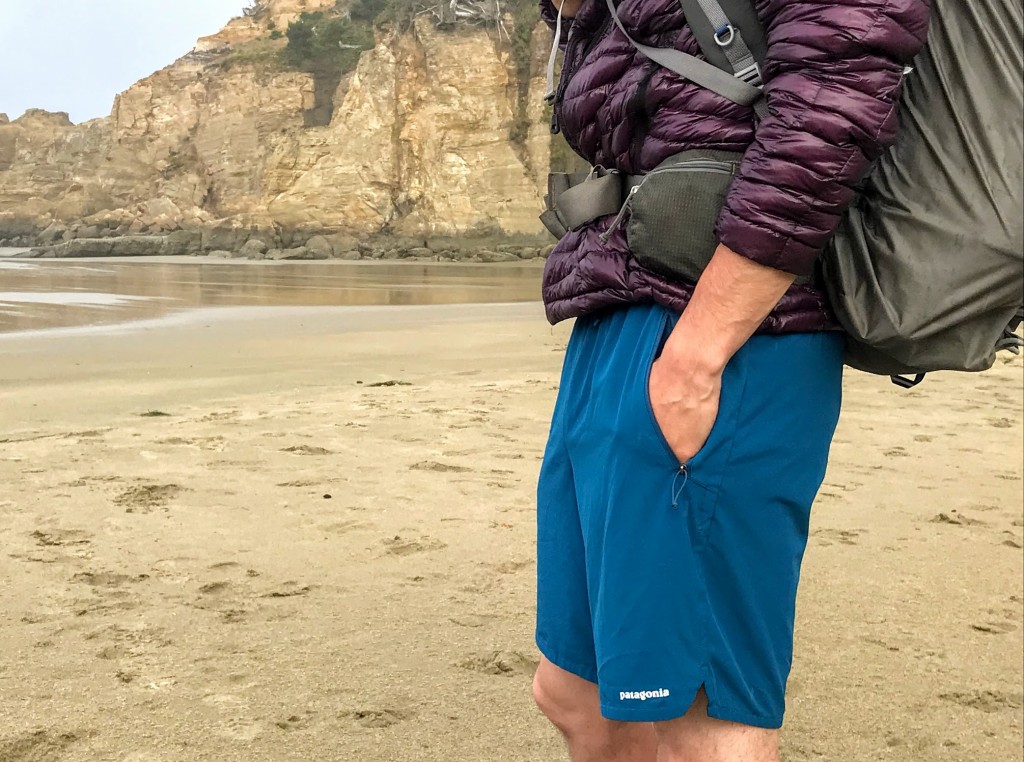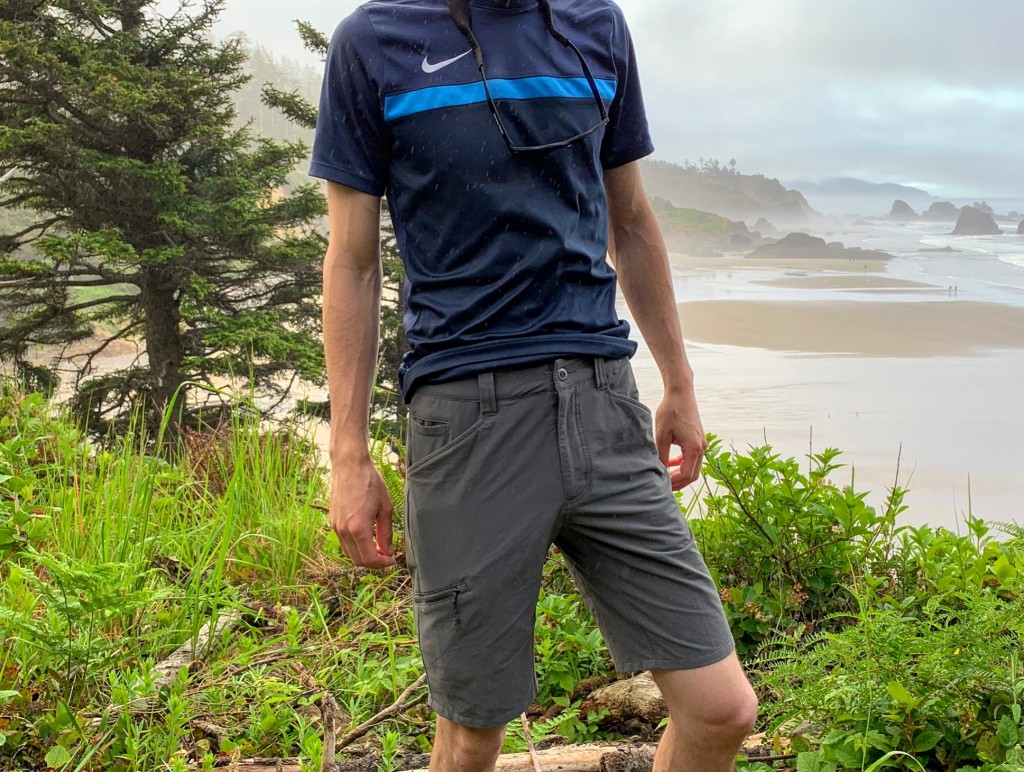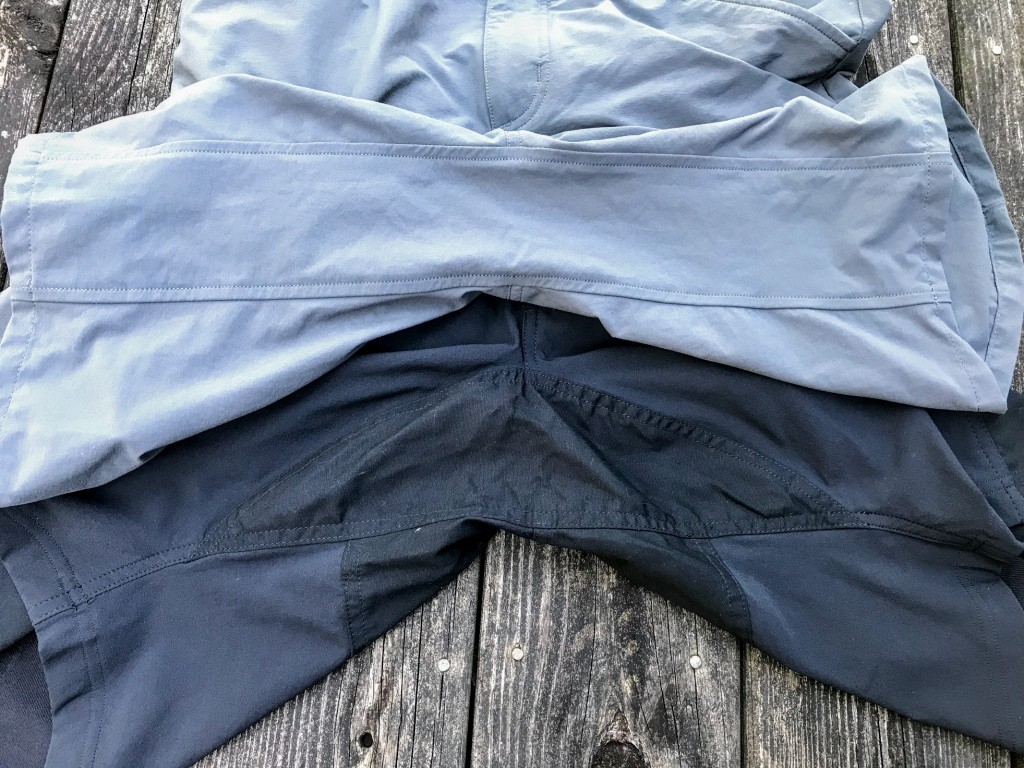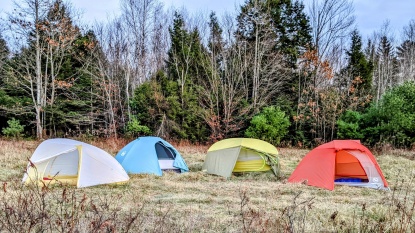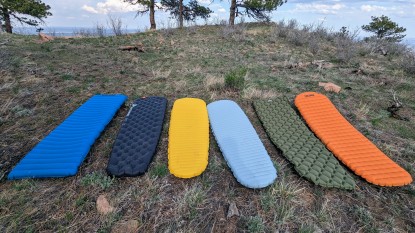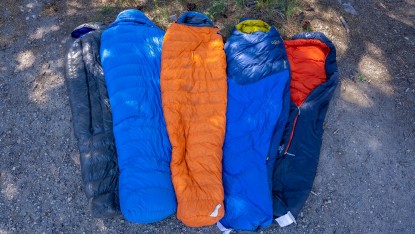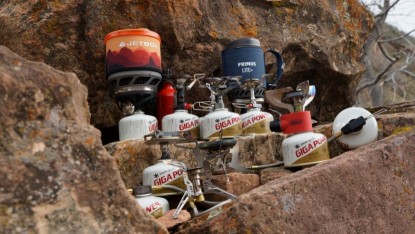Shorts are so essential to warm weather outdoor activities that we often overlook all of the variation that exists within the category. Looking at hiking shorts specifically, there are still more considerations when choosing what to wear on your waist. As with many pieces of outdoor equipment, the first step to narrow down your hiking shorts options is to determine what, precisely, you are planning to do with them. Below, we outline which styles and features are best suited for particular activities.
Types of Shorts
There is more than one way to use a trail, just like there are more than one kind of best shorts.
Traditional Hiking and Trekking Shorts
Models well-suited for a weekend adventure or longer trek tend to have a few features in common:
- (1) They are made with thicker (nylon) fabric to help them withstand the wear and tear that comes along with the abrasions and snags that come with the territory.
- (2) They tend to have more pockets, most with zippers, to accommodate snacks and small items that you want to keep close at hand.
- (3) Inseams are longer on the whole to provide greater coverage.
- (4) These pairs often have an integrated belt or belt loops to fine-tune the waist fit.
Shorts for Trail Running and Distance Hiking
Though most models that we test tilt toward the above category, some options are well-suited for trail running and thru-hiking.
We lump these two pretty different activities together because the bottom line is the same:- (1) You want something breathable
- (2) quick-drying
- (3) lightweight.
Some of these models also come with an interior liner and are meant to be worn without underwear and may also feature elastic waistbands with drawstrings instead of a belt.
Lifestyle Shorts
Some shorts are meant to look the part as much as play it. They combine nylon blends with sleeker styling. Though they are often water-resistant, they may be missing some of the features that are classically associated with hiking shorts like cargo pockets and zippers.
Inseam Lengths
Inseams are largely a matter of personal preference. Whether you rock short shorts, baggies, or something in-between, it is still worth considering all the ways in which different models have you literally covered (or not!).
Short (<8")
Shorts at this length are typically a couple of inches above the knee and higher. The very unofficial, but definitive OGL consensus is that 'short shorts' are any pair with an inseam of 5" or less.
They won't limit mobility at the knee, and, by virtue of using less material, are lighter. They can often bunch at the crotch when sitting down, leaving some people feeling exposed.
Medium (8"-10")
This range usually falls from slightly above the knee to just below the top of the knee. Almost all of the pairs that we tested are in this category. They offer a compromise among a variety of factors, including skin exposure, weight, and breathability.
Long (>10")
These models are typically at mid-knee and below. As inseam lengths get longer, manufacturers will also sometimes make the legs wider and crotch baggier as well. The advantage of this length is maximum skin coverage (without sliding into a pant or capri category), and often, more and/or larger pockets. On the other hand, this extra material can be bunchy, baggy, and heavier overall.
Features
Despite being a relatively straightforward article of clothing, hiking shorts come with a host of features with some notable variations.
Sun Protection
Almost any article of clothing is going to offer some amount of protection from the sun. However, many manufacturers will include a UPF (ultraviolet protection factor) rating for hiking clothing, including shorts. The higher the number, the greater the protection. This number, typically 50+ for hiking shorts, represents the proportion of UV rays that make their way through the fabric and to your skin. So, for example, a pair with a rating of UPF 50 allows the 1/50 of the sun's UV rays through a UPF 100 rated article would allow 1/100 of the UV rays to penetrate.
Water Protection/Dry Time
If you have read our review of Hiking Pants, you know the importance of water resistance in most outdoor gear. While this holds true to an extent for hiking shorts, the reality is that we care as much about how quickly they dry out as we do about how much they resist water in the first place. That is, if you are wearing shorts, and it is raining hard enough, you are going to get wet, even if the item claims to be waterproof (which none of the models we tested do).
Something to look out for when considering a purchase is whether or not a certain pair has a DWR (durable water repellent) coating; it will often advertise this on the tag if it is. Our testing also found that just because a pair of shorts is synthetic (and almost all of our models are), doesn't mean that they will offer the same degree of protection. Stretchier materials (generally, those with a higher proportion of elastane), offer increased mobility, but also allow water to work its way through the fabric as spaces between the fibers open up.
Pockets
Pockets are amongst the most common features on a pair of hiking shorts but can still be surprisingly challenging to get right.
Considerations here are:- (1) Number of pockets; for a typical hiking trip, we tend to appreciate pairs with four or five; enough to offer a variety of carrying options without being unnecessary.
- (2) Size and depth of pockets; we like deep handwarmer pockets (since they don't have a closure), and medium-size thigh and rear pockets; the opening should be wide enough to comfortably reach in and grab an item, but the pocket itself shouldn't be so cavernous that you need to go fishing to find what you are looking for.
- (3) Type of pockets (i.e., hand warmer, cargo, rear); we like two hand warmers, one thigh, and one or two rear. That may sound oddly specific, but at some point, just like larger pockets can become a liability, so can extra pockets.
- (4) Pocket closure type (e.g., zipper, Velcro, button, snaps); for peace of mind, we like our thigh and rear pockets to close; generally zippers are best because they are easy to operate with one hand and they can close up the pocket completely.
Waist Fasteners
There is more than one way to keep a pair of shorts on your waist.
Integrated Belt
Many models in our hiking shorts review come with a built-in belt. We love the ability to adjust the waist for a precise fit, and we find that integrated belts tend to look pretty good. The advantages of this style are that integrated belts are lighter than their non-integrated counterparts, and you are never left without the ability to adjust the fit.
Traditional Belt Loops
Some shorts come with a belt that is separate from the shorts, others don't come with a belt but have regular belt loops so you can choose your own adventure. These models offer the same benefit as an integrated belt, but a separate belt is heavier and potentially not as simple to adjust as the friction buckle of an integrated belt. If you are planning to wear a pack with a hip belt, the belt of your shorts can also get in the way or rub.
Drawstring
Still, other models have a drawstring waist. Drawstrings tend to be paired with lightweight models that we find are well-suited for trail running or ultralight, long-distance hiking.
Conclusion
The options can be overwhelming, but with a piece of clothing like shorts that hikers use so often, it is essential to get it right. When considering a purchase, we suggest first thinking about what activity you will use your shorts for. From there, try on models that catch your eye and select the most comfortable pairs before filtering down to specific features. Though this article is meant as a general guide, if you want to learn more about the specific models that distinguished themselves from the pack, check out our review of the Best Men's Hiking Shorts. Above all else, happy trails!






